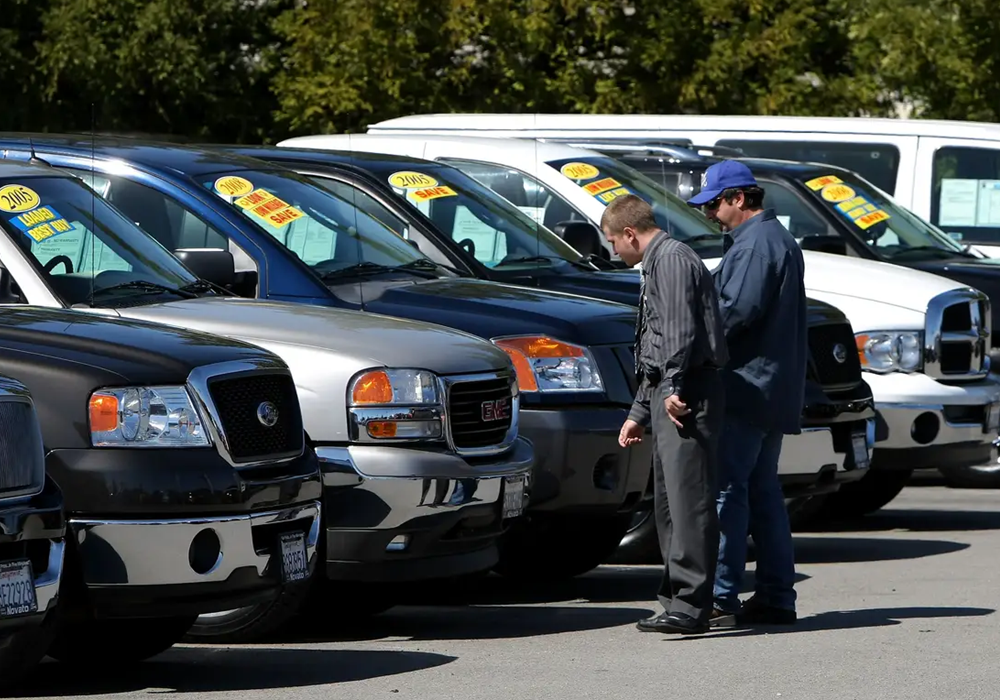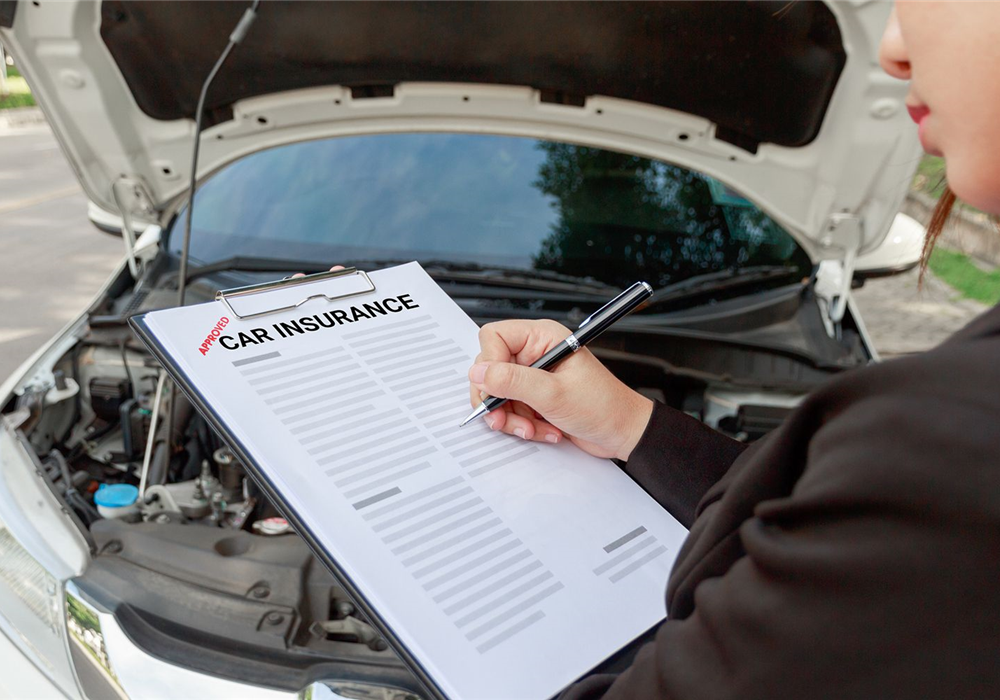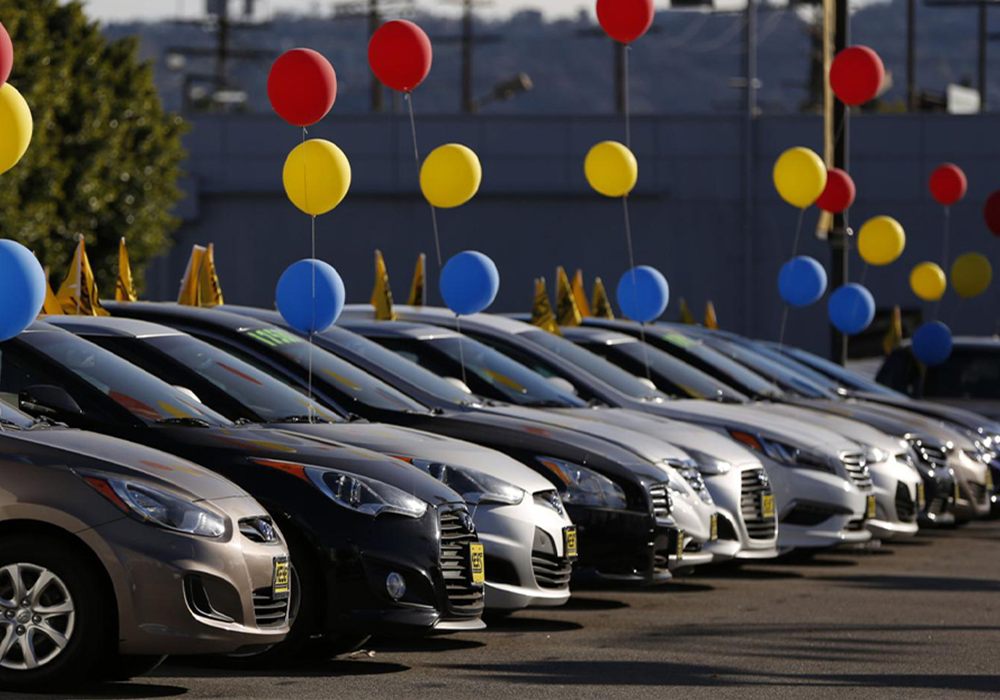When it comes to used cars, price comparison can be misleading if you look at it superficially. You cannot value a car fairly if you do not take into account a few rules.
Comparing Apples to Apples
First of all, when you make a price comparison, there must be a common element between two or more cars that make them comparable. For example, you cannot have cars of different make and model that also have different price tags. That would not be a fair comparison of used cars.
A used car price comparison can happen in two ways. The first way is to compare cars of the same make and model, with nearly identical specs but different pricing. This can tell you how much a dealer is marking up the price but it can also provide you a picture of how valuable the extra equipment one car would have is worth.

Another option is to compare cars of different make and model but sold for the same price. This allows you to get an idea of what you can buy on your current budget. Sometimes it may be worth getting a car that is considered less luxurious but comes better equipped than a luxurious model of the same price.
Cars Are Not Identical
It is rare to find two identical cars of the same make and model. Yes, you can compare cars with the same engine and transmissions. However, you will see that they have different mileage, one may have electric seats while the other does not, and so on. These distinctions can justify the difference in pricing of cars of the same make, model, and manufacturing year. When using a price comparison site or tool to put two cars side by side it is important to look beyond the obvious technical specs offered. If you fail to look at these details, you may be interpreting wrongly the price comparison which in turn may lead to making the wrong choice.




